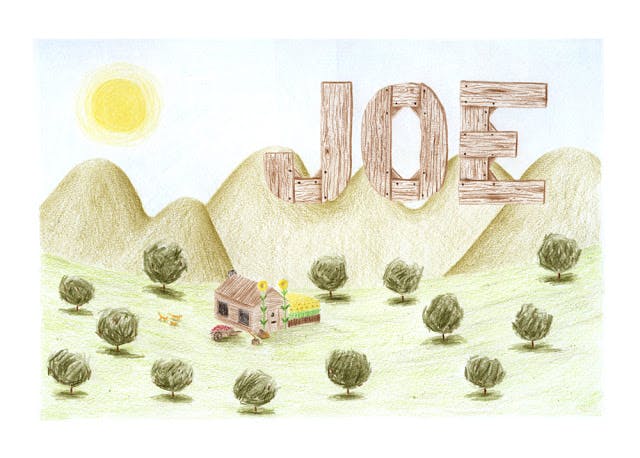Nickname Names: How did Henry get to Hank?
by Linda Rosenkrantz
A Berry recently posted a request for a blog explaining the origins of some of the common nicknames—more properly diminutives or pet forms– for classic names that seem to be miles apart. And of course we aim to please, so…..
There is a certain logic to it all, as well as some whimsy. The simplest road to a pet form is, obviously, by shortening it to its first one or two syllables, as in Di for Diana, Ben for Benjamin, Archie for Archibald and Eliza for Elizabeth. Occasionally, a middle syllable will do the job, leading to Liz for Elizabeth and Xan for Alexander. (Where this gets a little tricky is when the pronunciation of the base name has changed over the years—Richard seems to have been often pronounced Rickard at one time, resulting in the nickname Rick and his rhyming cousin Dick, with Dick then becoming so popular that the phrase “every Tom, Dick and Harry” became a euphemism for Everyman. Or a sprinkling of the letters in the name could lead, say, from Dorothy to Dot.
There’s actually a word for nicknames stemming from the last syllable of a name: ‘aphesis,’ accounting, for instance, for another of Elizabeth’s myriad pet forms—Beth, and also Bert for Albert, Herbert, Hubert et al. Rhyming and letter swapping also played a key role in the morphing of names to nicknames during the Middle Ages, a time when there was a limited supply of Christian names and the need to distinguish one Edward from another. Robert was logically shortened to Rob, but that led to Bob, as well as the obsolete Hob, Dob and Nob. William generated not only Will but Bill—hard consonants being easier to pronounce than soft ones– and then there are Meg and Peg for Margaret and Molly, Polly and Dolly for Mary. Another pet name practice was to tack the word ‘mine’ onto the beginning of a name, which would be contracted to the letter ‘n’, as in Nan for Ann, Ned for Edward and Nell for Eleanor.
There are multiple factors behind some of the common diminutives. The childish pronunciations by young siblings accounts for some formations. ‘R’s are notoriously difficult for babies to say and often are lisped into the letter ‘l,’ as in Sarah to Sally and Harry to Hal; ‘P’ is easier than ‘M’ and so Meg becomes, again, Peg and Molly, Polly. But an even more significant factor here is that the unfamiliar ‘r’ sound was introduced by the Normans when they invaded England in 1066 and so the Brits often dropped it when they nicknamed, as seen with Hal for Harold, Flossie for Florence, Babs for Barbara and Maggie et al for Margaret.
How about some of the less obvious transitions? — Why Hank from Henry? According to one theory, it goes back to the early Dutch form Hendrick, nn Henk, which is a short hop to Hank. And how did Jack connect to John? Most likely explanation is that the Normans added the suffix kin to make their pet forms, so baby John—then pronounced Jen—became Jenkin and then Jankin, then Jackin, and finally Jack. This also explains the route from Francis to Frankin to Frank.
James to Jim? James first became popular in Scotland, spread by five kings before the sixth became James I of England, where it was pronounced Jeames, explaining the rise of pet form Jem, and then Jim.
Charles to Chuck? Easy, if you know that it derives from the English term of endearment from the Middle English Chukken, which imitates the clucking sound.


